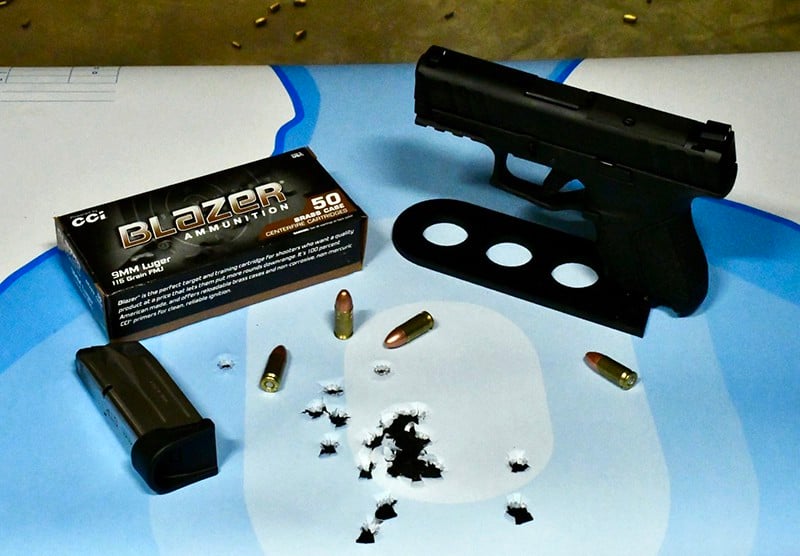Eliminate The Threat
Why We Aim For Center Mass
If you find yourself unlucky enough to be in a violent confrontation with a gun, the number-one goal is to eliminate the threat. Some people loosely use the phrase “shoot to kill” as if killing the subject is the only way to achieve the goal, but that phrase is misleading and too many legal implications go with it. All you need to do is stop the violence. If a hit to the arm does it, you’ve accomplished the goal and must stop shooting. Any deadly force used after the threat has been eliminated will not be viewed as self-defense and opens the door to potential criminal and civil action. This doesn’t mean you should aim for the arm, leg or hip so you don’t kill someone. The largest part of the body is the torso and it is where you should be aiming.
“The cop didn’t have to kill him. He should have just shot him in the leg or shot the gun out of his hand.”
Shooting And Movement
Over the years, I’ve heard this comment and others like it after police shootings. The general public has no understanding of how to handle a gun, much less the dynamics of what happens in a gunfight. They’ve been influenced by movies and TV shows. They believe police should have perfect control over their shooting and be able to respond to all dangerous situations with calm and well-reasoned actions. What does this have to do with you? In short: everything. If you face criminal charges from a shooting incident, you’re going to be judged by a group selected from your peers – i.e., the general public. You’ve received professional training and will be held to a similar standard by the uneducated public after a shooting incident. Therefore, it’s critical you have an understanding of why aiming for the “center mass” of a target (in this case, a person) is essential.
Shooting at a moving target is hard. Shooting at a target while you’re moving is also challenging. It stands to reason shooting at a target while you’re moving and the target is moving will be incredibly difficult. Now add that this moving target is shooting at you, probably got a head start and your body’s instinct is shock rather than an instant response. This combination explains why hit percentages in gunfights are typically in the 25–40% range. To make matters worse, these hits are not necessarily threat-ending shots. In fact, they are primarily non-fatal hits that won’t stop bullets from heading in your direction.
Remember The Goal
The goal is to make the response to such a crisis as easy as possible while ensuring each shot you take has the highest probability of success. The torso is the largest part of the body, thus the easiest to aim for and hit. It also contains the life-support system for the body. Hits in the heart, lungs or spinal column are the most likely to cause incapacitation in the least amount of time. As luck would have it, all of these vital parts are located in about an 8–10″ circle in the center of the chest. Technically, this is not center mass, but it’s close enough and easy to understand why the term has stuck.
A second aspect of eliminating the threat is the number and speed of shots fired. Modern firearms training has abandoned the “two shots to the chest then evaluate” method and the “two shots to center mass and one to the head” approach. You’ve got to keep shooting as fast and accurately as possible until the situation ends. Any delay on your part increases the likelihood you might receive rather than deliver the fight-ending shot. Consciously evaluating the threat between shots steals valuable time. A carefully aimed shot to the head takes more precision. Thus, more time is lost. Larger targets (read: torso) require less accuracy, allowing more shots in a shorter time frame.
Accuracy Is Final
We’ve talked about center-mass hits being the goal and some of the reasons why. I’ll leave you with one more factor to consider: Any torso hit near the vital organs gives you an advantage. The shock of the impacts will negatively affect the assailant — even if they don’t stop him. If you slow him, you’ve purchased a little more time for yourself. Remember the goal is to have the highest probability of success. It’s why center mass matters. Success in a gunfight comes from hits on target, not how many bullets you fire. What matters is they hit the mark and are effective. The famous gunfighter, Wyatt Earp, said, “Fast is fine, but accuracy is final.”

Get More Personal Defense Tips!
Sign up for the Personal Defense newsletter here:







